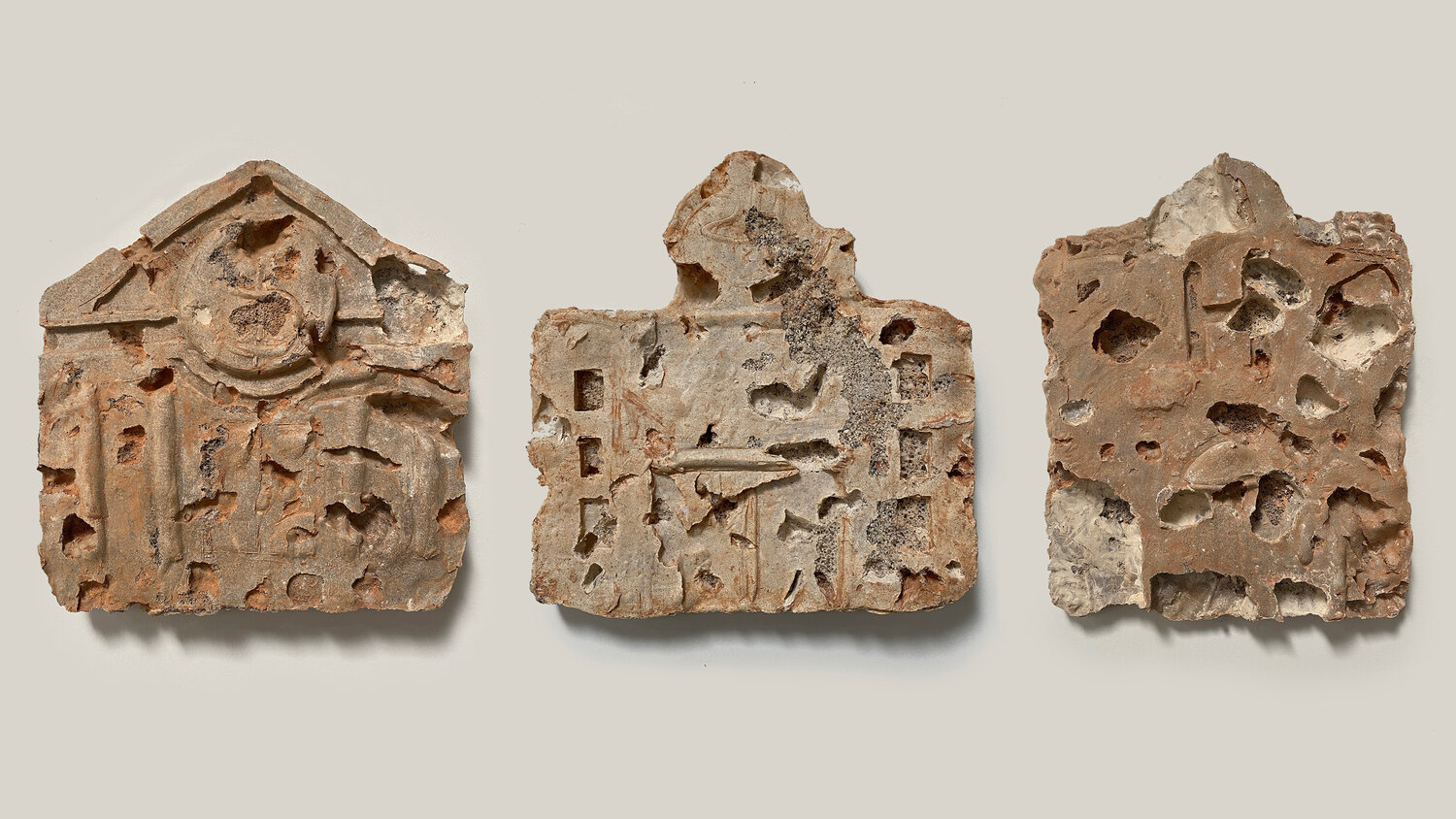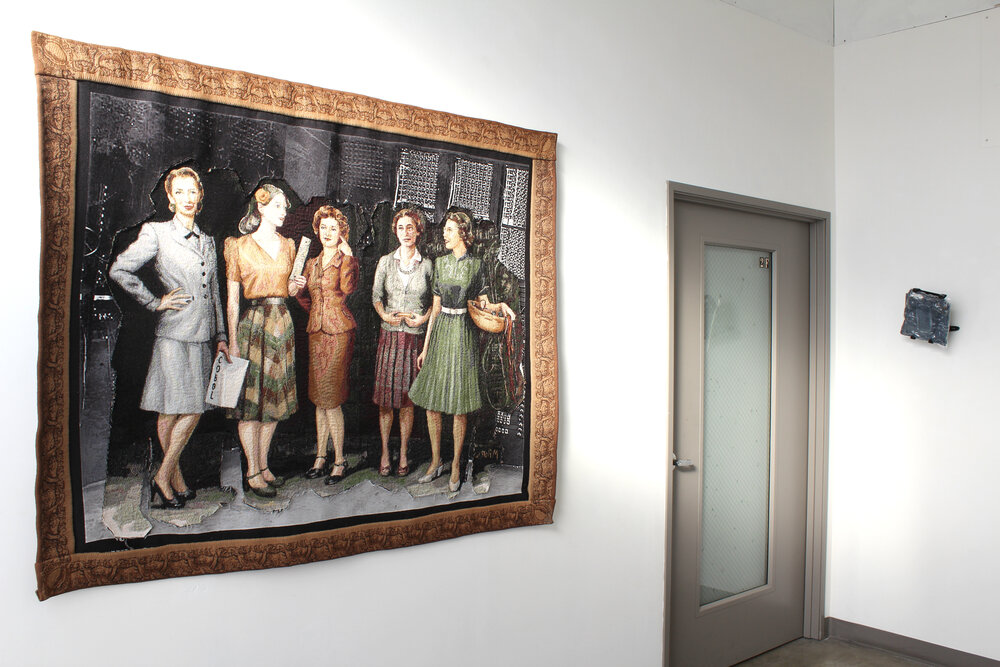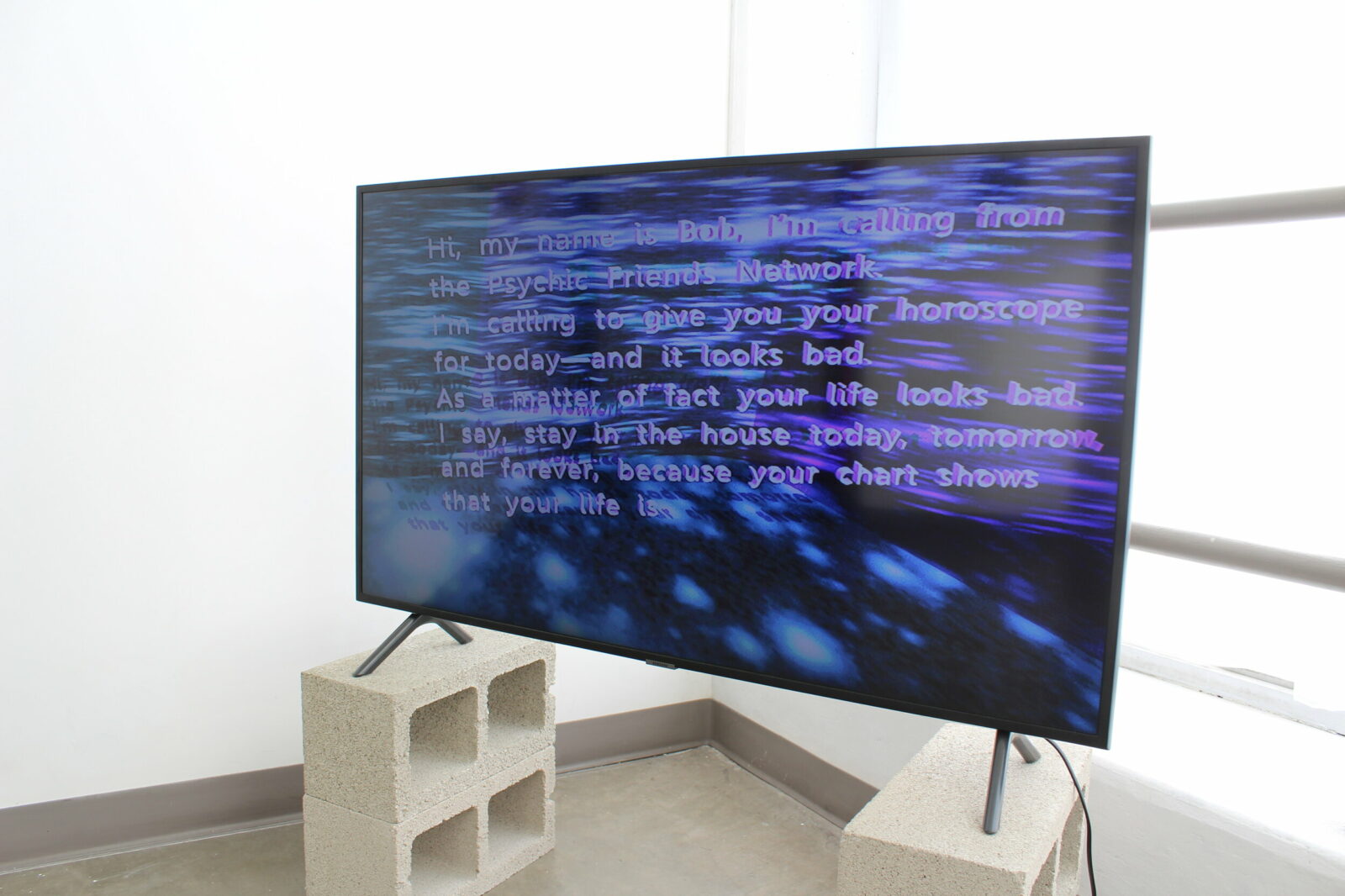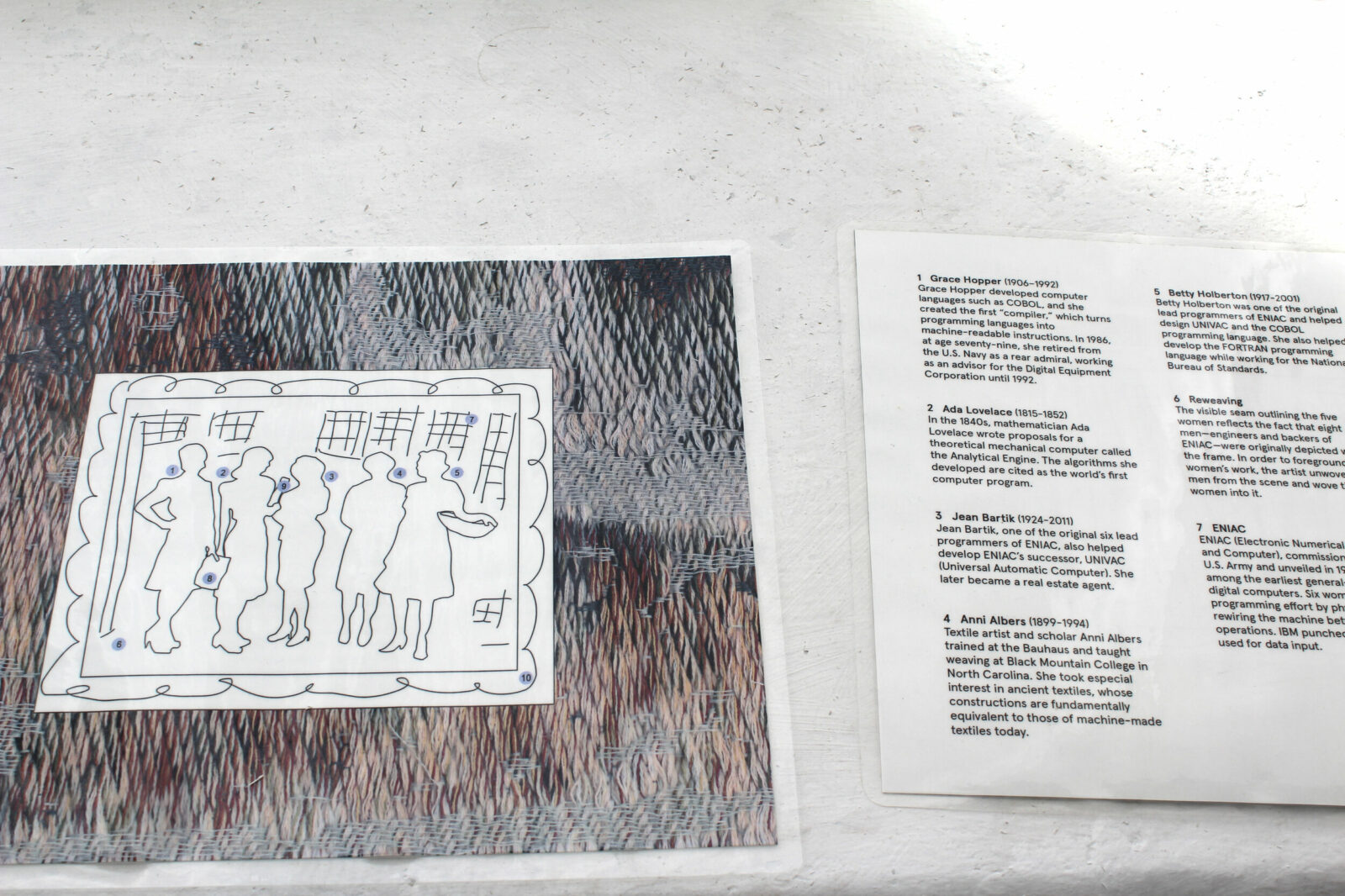Featured Artists: Émilie Brout & Maxime Marion, Sarana Mehra, Bryne Rasmussen, Soyoung Shin, and Tina Wang.

After this grueling and unparalleled year, we begin 2021 by reflecting on our collective history, our contributions to, and legacies, for future generations. Humans are compelled to leave a mark, scratch graffiti scribbles for millennia. The internet is the largest and most inviting blank wall of all. As two artists and mothers in conversation, we realized that we are the last generation to have experienced a childhood sans internet and thereby the last to have that experience inform our parenting. With distanced learning and with parents working from home, this global pandemic has overwhelmingly forced tablets into kids’ ever-demanding (and human-defining) opposable thumbs. As we each publish our own mediated content, who will be the writers corralling our history?

Artifacts of Sentience places works together that contemplate, shift, bend and play with technology’s effect on our daily interactions, systems of communication, and psyches. The exhibition’s artists delve into lesser known histories within the typically male-dominated fields of Big Tech and the internet. The ubiquity and advancement of the internet and its better half, the smartphone, redefine our language, habits and personæ. As our virtual and corporeal identities merge, our systems of communication shift. An unceasing flow of information is a finger tap away—or at least within arm’s reach as in Denim, a sculpture by Émilie Brout & Maxime Marion, which captures how deeply enmeshed we are with our personal devices by immortalizing the etching left by the smartphone in one’s back pocket. This habitual stowage deteriorates the fabric housing and, via electromagnetic radiation, potentially destroys the very cells the fabric is meant to shield.
In direct reference to the foundation of these now integral components of our lives, Soyoung Shin’s symbolic tapestry A Realization of Ever-Extending Relationships commemorates early female computer programmers, including two of the six who wrote the language for ENIAC, the first supercomputer whose binary code was based on the jacquard weaving Shin employs.

For ALL IS PERFECT, Bryne Rasmussen has created a series of Animated Graphic Interchange Formats—otherwise known as GIFs—a media format definitive, endemic, and memetic to the internet. Each GIF features a different piece of aspirational wisdom, culled from various dark corners of the internet—enigmatic cult-leader-wannabes who broadcast via Youtube, a Sufi mystic, a media theorist, Russian literature, a corporate motto, to name a few. Extracted from their original platform, Rasmussen transforms them into thoughtful, mantric aphorisms (well, mostly).
With its predictive, autocorrected text and Emoji features, smart technology can be a valuable and often necessary part of our daily visual culture. The universality of Emojis, set by the international organization Unicode, reflects pop culture while referencing an ancient hieroglyphic language and the uncertain future of a communication system that is constantly evolving. Emojis enhance the emotional weight of a text or email and the smartness of our phones often fills in the blanks in our minds, by anticipating our next thought, leaving the question of who or what is doing the feeling or thinking. At the same time, interpreting typos and faulty predictive texts causes recurring miscommunications and frustrations. When was the last time you picked up a pen and piece of paper? When was the last time you did NOT use a 😀 ❤️ ❗?
Sarana Mehra’s sculptures appear as ancient artifacts extracted from an archeological dig to riff on Unicode-approved Emojis. Mehra’s triptych Tablet references Emojis depicting municipal buildings with neoclassical and Eurocentric architecture, pointing to the presumption that such imagery is regarded as the universal representation of all institutions. She then degrades the surface of each tablet, obfuscating and defying its provenance. Soon these symbols, along with our online identities, will be an artifact of a foregone virtual language and culture, mere snapshots of the early 21st Century.

Now, in the midst of a global pandemic, an individual’s online presence has become a lifeline, a replacement for in-person interactions. Zoom meeting after Google Hangout after Facetime after Instagram Live after Postmates delivery after Netflix, we plug in our phones to recharge next to our beds as we slumber, burnt out from an exhausting day of being online. We awaken the next day to the ding of our alerts, pondering how long we can sustain this online lifestyle. No wonder record numbers of people have been baking bread! Movement and performance artist, Tina Wang, has recently begun a series of performances investigating comfort and its relationship to isolation and technology throughout the pandemic’s imposed physical distancing. During the exhibition via Zoom, she will present two related performances, /死角/esquinas mías//Closed for Business. The first performance will be documented within the confines of her living space; for the second performance, Wang will venture outside, confronting the lamplit quiet of evening.
Ultimately, to not embrace the digital world and consign oneself as an outlier is impractical and near impossible. But those of us who remain within the greater stranglehold of industrialized culture get to make choices. Undeniably, there is a tension that will only continue to build as we ask ourselves important questions—who are we offline, online and what is the distinction? The artists selected for Artifacts of Sentience come from varying backgrounds and practices, but they each incorporate their relationship with modern technology using a sense of delicacy while flirting with destruction. They choose to apply digital technology and its particularities as opposition or as tools, but always as something to be profoundly considered.
Writings: Molly Schulman and Bridget Batch
Edited by: Janna Avner





